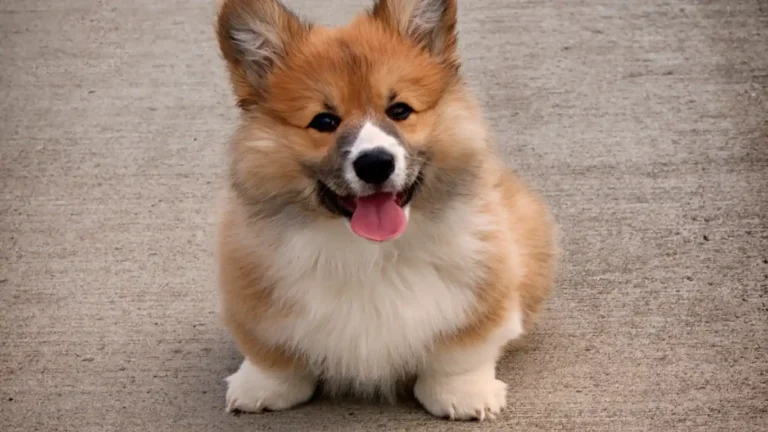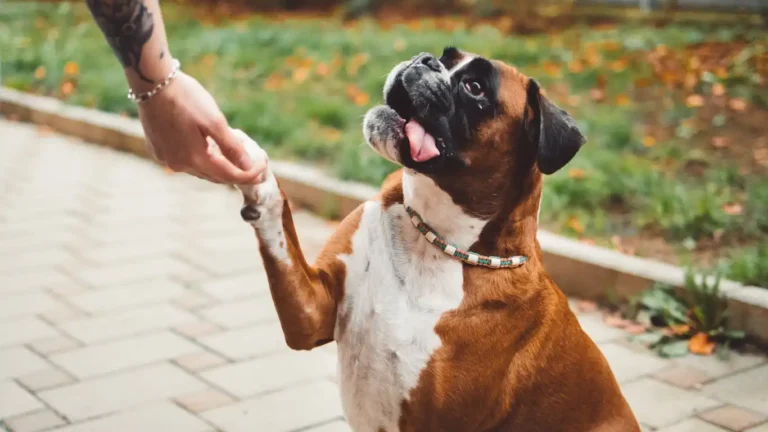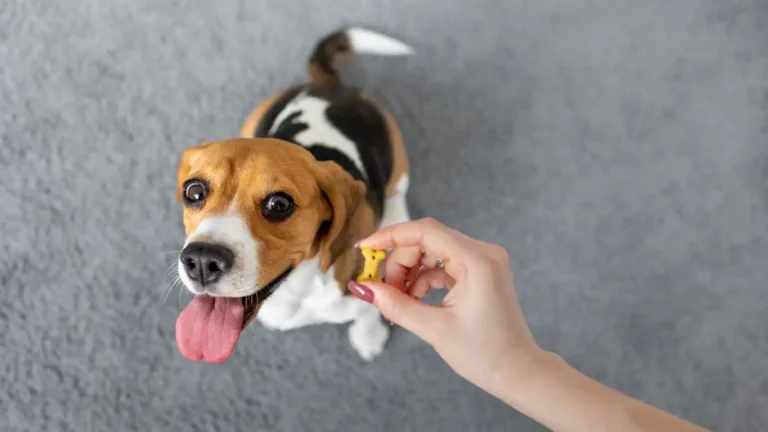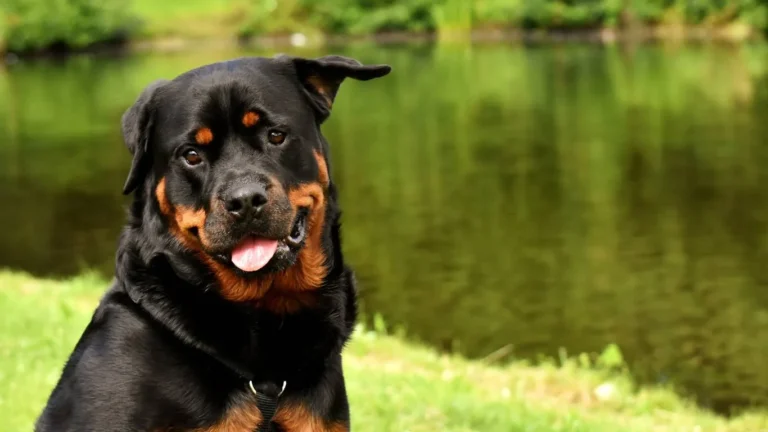What to Do If Your Dog Gets Sprayed by a Skunk: Quick & Effective Solutions
We’ve all been there, right? You step outside to call your dog in, and then you hear that unmistakable yelp or squeal followed by a peculiar, lingering odor in the air. Before you know it, your dog has been sprayed by a skunk. It’s one of those things we never plan for but are bound to deal with eventually. As a Veterinary Assistant with a nutrition focus, I’ve encountered this situation a few times, and let me tell you, it’s not just the smell that’s overwhelming—it can be stressful for both you and your dog. But don’t worry! I’m here to guide you through what to do if your dog gets sprayed by a skunk. Trust me, with a few simple steps, you can handle this situation like a pro and get your pup back to their happy, healthy self in no time.
Understanding Why Dogs Get Sprayed
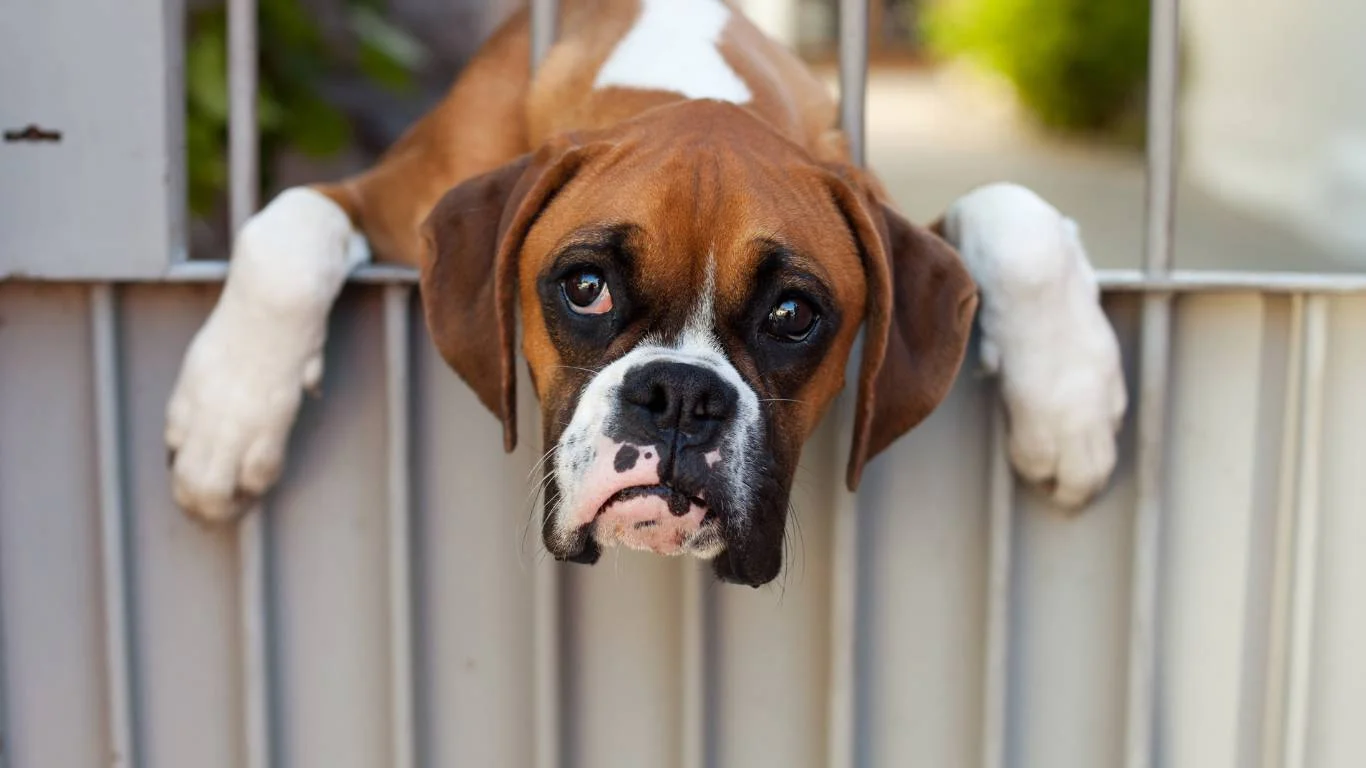
First, let’s start by understanding why skunks spray in the first place. Skunks aren’t naturally aggressive, but they do have an incredibly effective defense mechanism: their infamous spray. This spray is a mixture of chemicals that can be downright overpowering, leaving a pungent odor that clings to whatever it touches. Skunks usually spray when they feel threatened or cornered, and since dogs are often curious and playful, they can inadvertently provoke a skunk. If your dog chases or corners a skunk, chances are, they’ll get sprayed.
In my experience, this often happens in the evening or nighttime, when skunks are more active. If you live in an area where skunks are common (like suburban neighborhoods or near wooded areas), your dog might be more likely to encounter one. Now that we know why it happens, let’s dive into what you should do immediately after your dog has been sprayed.
What to Do Immediately After Your Dog Gets Sprayed by a Skunk

1. Keep Your Dog Calm and Contained
First things first: don’t panic! I know, it’s easier said than done, especially when you’re dealing with a dog covered in skunk spray, but staying calm is key. The first step is to make sure your dog stays calm, too. If your dog is still outside, you’ll need to get them inside right away. You don’t want them running around and spreading that terrible smell even more. This can be a bit tricky, especially if your dog is in a high-energy state after an encounter with a skunk, but try to lead them inside gently.
Once inside, make sure to contain your dog in a well-ventilated room, ideally with a hard floor that’s easy to clean, like tile or wood. You can also give your dog a quick wipe-down with a damp cloth to remove some of the excess spray before moving on to the next steps. However, avoid using water on their fur until you have a plan for how to clean the smell properly.
2. Don’t Bathe Your Dog Right Away
Now, this may sound counterintuitive, but do not immediately bathe your dog in water. You might be tempted to wash the smell off right away, but here’s the problem: water alone will not get rid of the odor and could actually spread the oils from the skunk’s spray even further into your dog’s fur. This can make things worse in the long run. Instead, focus on neutralizing the odor before a bath.
3. Gather Your Supplies
Before you attempt to clean your dog, you’ll need a few things. Based on my experience, I recommend using a homemade skunk spray solution that has proven to be effective. You can easily create this in your own kitchen, and it works wonders for neutralizing the smell. Here’s what you’ll need:
- 1 quart of hydrogen peroxide (3%)
- 1/4 cup of baking soda
- 1–2 teaspoons of dish soap
- Rubber gloves (trust me, you don’t want to get this stuff on your hands)
- A bucket or large container
This DIY solution will help break down the oils in the skunk spray and neutralize the smell. Mix everything together in a bucket, and you’re ready to go! It’s simple, safe, and effective. However, it’s important to use the mixture immediately, as it loses its effectiveness over time.
How to Apply the Skunk Spray Solution
1. Apply the Solution Carefully
Now comes the part where you need to get your dog into the bathtub or an area that you can clean easily. The skunk spray solution should be applied generously to your dog’s fur, focusing on the areas that are most affected by the spray. Start with their face (but be cautious around the eyes) and work your way down their body. Be sure to wear rubber gloves to avoid getting the smell on your hands. If your dog has long fur, you may need to work the solution into their coat using your hands or a brush.
Leave the solution on for about 5-10 minutes, but do not leave it on too long, as it may irritate their skin. This step is crucial to breaking down the odor and getting your dog back to normal.
2. Rinse Thoroughly
After 5-10 minutes, rinse your dog thoroughly with warm water. It’s important to get all of the solution out of their fur to prevent any irritation. This step can take a little time, so be patient and rinse until the water runs clear. Keep an eye out for any remaining skunk odor.
3. Repeat if Necessary
If you still smell the skunk odor after the first bath, don’t worry—sometimes it takes a couple of rounds to get rid of the smell completely. You can repeat the process with the same solution or give your dog a second rinse with plain water, depending on how much odor remains.
When to Seek Professional Help
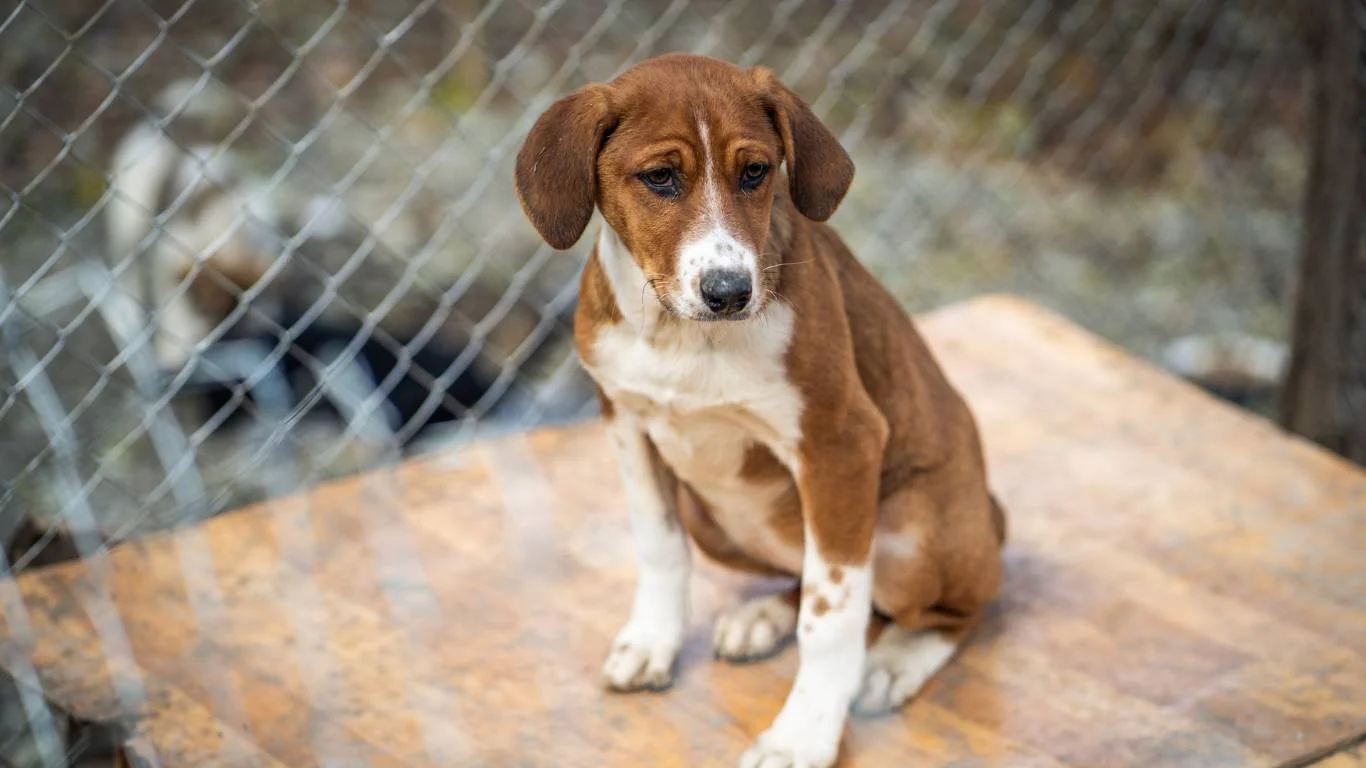
While most dogs can recover from a skunk spray encounter with a good bath and some patience, there are times when professional help might be needed. If your dog has gotten the spray in their eyes or mouth, or if they’re showing signs of extreme discomfort (like excessive drooling, vomiting, or difficulty breathing), it’s important to contact your veterinarian immediately. Skunk spray can be irritating to the eyes and digestive system, and sometimes even small amounts of the spray can cause an adverse reaction.
In rare cases, dogs can also suffer from chemical burns or irritation to their skin, so always keep an eye out for signs of distress. If you have any doubts, don’t hesitate to reach out to your vet.
Preventing Future Skunk Encounters
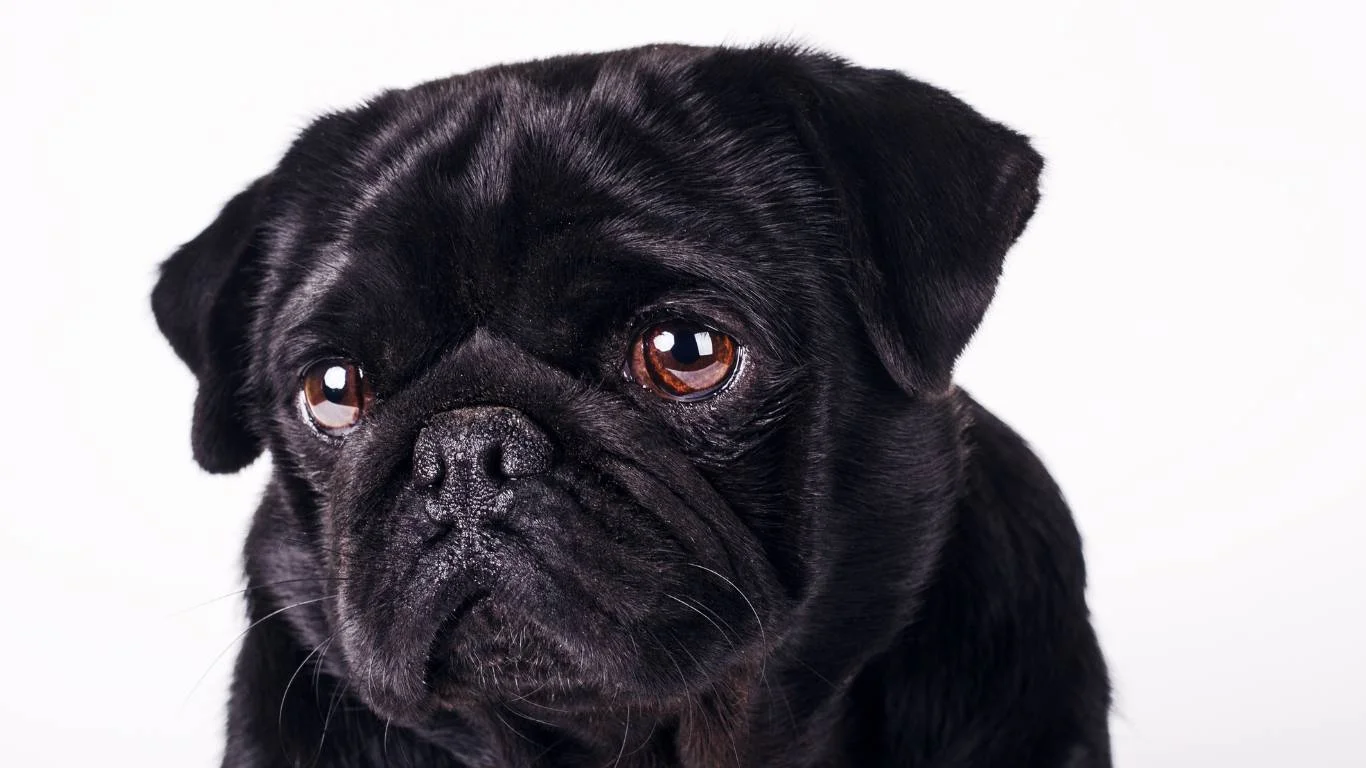
Now that you’ve tackled the immediate aftermath of your dog’s skunk encounter, the next question is: how can you prevent this from happening again? As someone who’s worked in veterinary care for years, I’ve seen how these incidents can cause stress and discomfort for both dogs and their owners. While you can’t completely control where your dog roams, there are a few simple ways to minimize the risk of a skunk spray surprise in the future.
1. Keep Your Dog on a Leash During Walks
One of the easiest ways to prevent your dog from getting too close to a skunk is to keep them on a leash during walks, especially during dusk or dawn. Skunks are nocturnal creatures, which means they’re most active in the evening and early morning hours. If your dog loves to explore, they may unintentionally get too close to a skunk. By keeping them on a leash, you have better control over their movements and can avoid any potential encounters. A leash is also a good way to prevent them from chasing after wildlife in general, which can be dangerous for them.
2. Create a Skunk-Free Zone in Your Yard
If your dog spends a lot of time outside, it’s worth considering creating a designated “skunk-free” area. You can do this by securing your yard with a high fence that is difficult for skunks to get through. Skunks can squeeze through surprisingly small openings, so make sure your fence has no gaps or weak spots. Additionally, keeping the area around your yard well-lit and free of food scraps or pet food can help deter skunks from making your yard their home. If you live in an area with a high skunk population, consider placing motion-sensor lights to scare them off during the night.
3. Use Natural Repellents
There are several natural repellents that may help keep skunks away from your yard. Some people swear by sprinkling cayenne pepper, garlic powder, or citrus peels around the perimeter of their yard to deter skunks. Skunks have sensitive noses, and they’re not fond of strong smells. Spraying vinegar or using predator urine (like coyote or fox urine, which is available at garden stores) can also be effective in discouraging skunks from entering your space. While these methods aren’t foolproof, they can help reduce the likelihood of a skunk encounter.
When to Call a Veterinarian After a Skunk Spray

As much as we try to manage things on our own, there are times when professional help is necessary. If your dog has been sprayed by a skunk, it’s essential to monitor them closely, especially if you notice any unusual symptoms. As a veterinary assistant, I’ve encountered situations where the skunk spray can lead to more than just a foul odor—it can cause health problems that require immediate attention.
1. Eye Irritation and Damage
If your dog gets skunk spray in their eyes, it can cause irritation, redness, or even temporary blindness. Skunk spray contains a compound called thiols, which are highly irritating to the eyes. Symptoms can range from watery eyes and squinting to more severe reactions like pawing at the eyes or refusing to open them. If you notice any of these symptoms, rinse your dog’s eyes gently with cool water or a saline solution to flush out the irritants. If their eyes remain red or irritated, contact your vet. A vet may prescribe eye drops or other treatments to soothe the irritation and prevent infection.
2. Vomiting or Drooling
Ingesting skunk spray—whether by licking it off their fur or swallowing some of it accidentally—can lead to vomiting or excessive drooling. If your dog is showing signs of gastrointestinal distress, such as drooling, vomiting, or loss of appetite, it’s time to reach out to your vet. Skunk spray can cause nausea and upset stomachs in dogs, and in some cases, it can lead to more serious conditions like aspiration pneumonia if they inhale the spray into their lungs. It’s always better to be safe and have a vet examine your dog to rule out any serious issues.
3. Breathing Problems
While rare, skunk spray can sometimes cause breathing difficulties, especially if your dog has inhaled too much of it. If your dog seems to be having trouble breathing, is wheezing, or is showing signs of distress, don’t wait to get them checked out. Skunk spray can irritate the respiratory system, and if left untreated, it could lead to more severe complications. A vet will be able to assess your dog’s condition and provide appropriate treatment, which could include medications to reduce inflammation or other supportive care.
Dealing with Skunk Spray on Furniture and Carpets
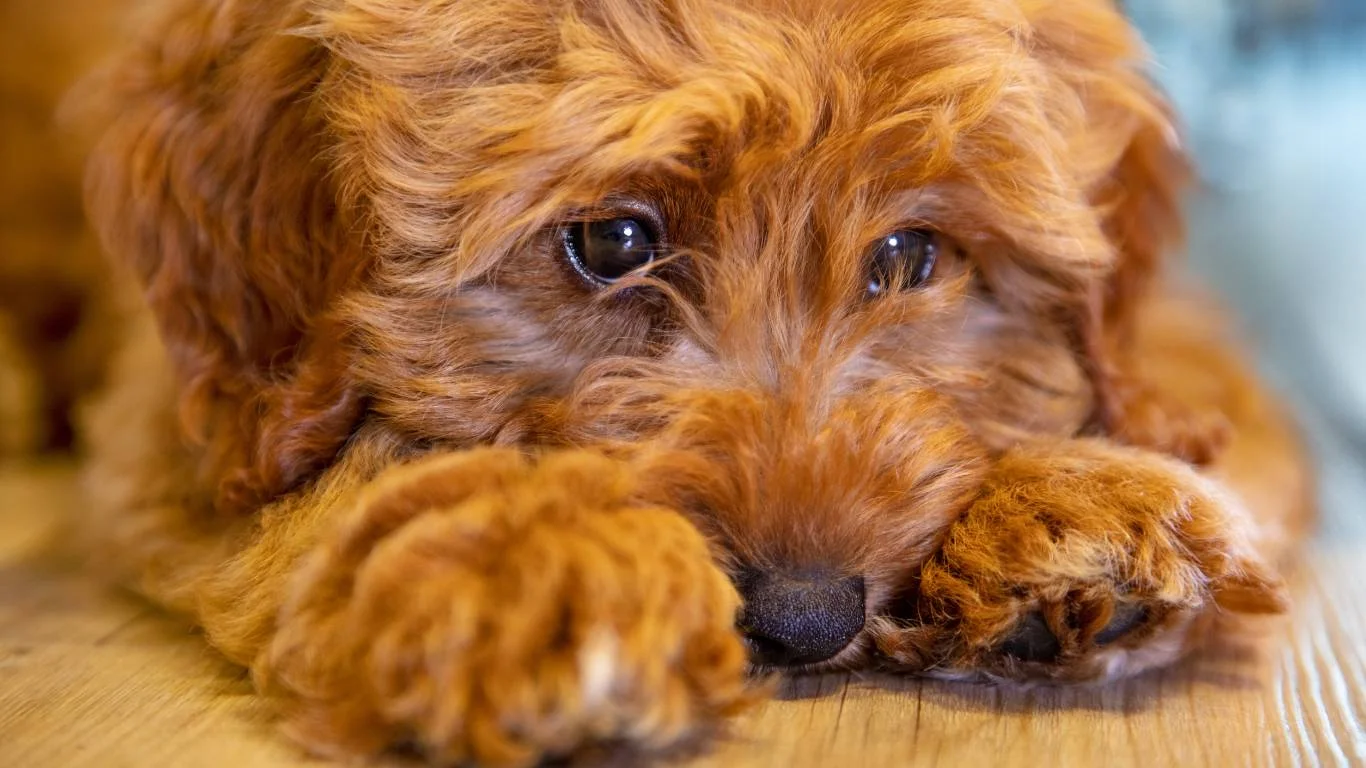
Once you’ve successfully cleaned your dog, the next challenge is getting rid of the skunk smell from your home. If your dog got too close to your furniture or carpets, there’s a chance that the odor could linger inside. Don’t worry, though—there are effective methods for removing the smell from your house. Here are a few tips that I’ve used (and recommend) to deal with skunk spray indoors:
1. Clean Furniture with Odor-Neutralizing Solutions
For fabric-covered furniture or rugs that may have been sprayed, you can use a mixture of white vinegar and water to neutralize the odor. Mix equal parts white vinegar and water in a spray bottle and lightly spray the affected areas. Let it sit for 10-15 minutes before wiping it down with a damp cloth. You can also use a commercial odor-neutralizing spray, but make sure to choose one that’s safe for pets.
2. Wash Pet Bedding and Toys
Don’t forget to wash your dog’s bedding, toys, and any other items they may have had in contact with the skunk spray. Run them through a wash cycle with baking soda to help neutralize the smell. For stubborn odors, consider adding a small amount of white vinegar to the wash to help break down the oils in the spray.
3. Air Out Your Home
To help dissipate the odor throughout your home, open windows and use fans to increase airflow. If the weather permits, you can also let the furniture or bedding air out outside in the sun. The sunlight and fresh air can help further reduce the smell, and it will also make your home feel more comfortable after the ordeal.
Additional Tips for Handling Skunk Spray on Dogs
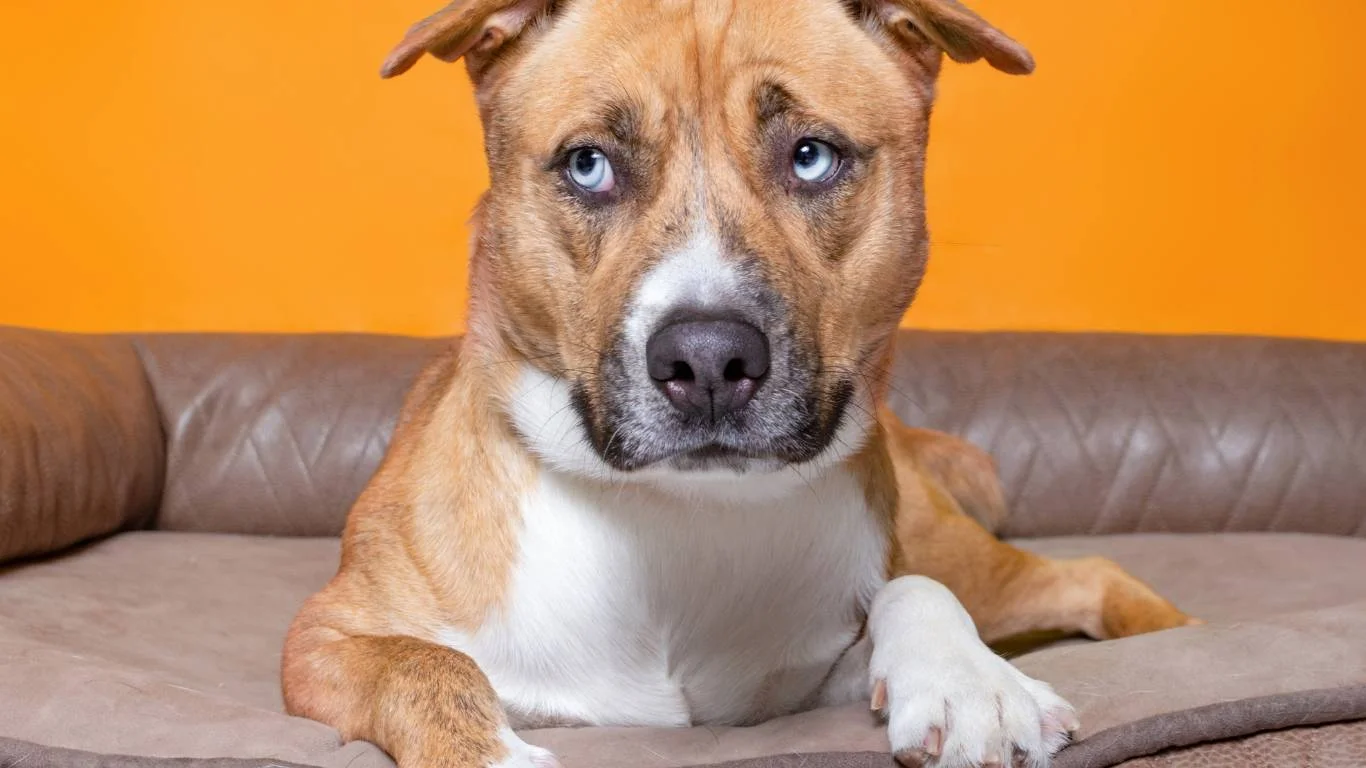
We’ve covered a lot of ground already, but there are a few more tips and tricks I’d like to share based on my experience as a veterinary assistant. Skunk spray can be a nightmare for both you and your dog, but with the right knowledge and preparation, you can handle it with ease. Here are a few more pieces of advice to keep in mind when your dog gets sprayed.
1. Don’t Use Tomato Juice
There’s a common myth that bathing your dog in tomato juice is the best way to get rid of skunk spray. As much as I understand the logic behind it—tomato juice has an acidic quality that might seem like it would neutralize the odor—this method doesn’t actually work. It may mask the smell for a while, but it doesn’t neutralize the chemical compounds in skunk spray that cause the odor. Additionally, tomato juice can stain your dog’s fur, making the situation even worse. Stick to the hydrogen peroxide and baking soda solution I mentioned earlier for the best results.
2. Be Aware of Your Dog’s Skin Sensitivity
After your dog has been sprayed and bathed, be sure to check their skin for any signs of irritation. Skunk spray can be harsh on your dog’s skin, especially if they have sensitive skin or pre-existing skin conditions. If your dog begins to scratch excessively, seems uncomfortable, or has redness in areas where the spray was concentrated, it might be time to apply a soothing pet-safe lotion or talk to your vet about skin care treatments. I’ve seen dogs develop mild chemical burns after being sprayed, so keep a close eye on your dog’s skin condition.
3. Keep Your Dog’s Environment Clean
After the initial clean-up and odor removal, it’s essential to maintain a clean environment for your dog. If they’ve spent a lot of time outside, you’ll want to check the area for any other skunks or potential hazards. Clean your yard and watch for any signs of wildlife activity, particularly during dusk and dawn when skunks are most active. Taking these preventative measures can help ensure that your dog won’t face a repeat skunk encounter anytime soon.
Understanding the Chemical Effects of Skunk Spray
As a veterinary assistant, I’ve often been asked whether skunk spray is harmful to dogs in the long run. While most dogs recover after being cleaned up, it’s important to understand the chemical composition of skunk spray and how it affects animals.
1. Thiols: The Stinky Culprit
Skunk spray contains compounds called thiols, which are sulfur-based chemicals that are incredibly potent in odor. These chemicals are not toxic in the traditional sense, but they can cause irritation to the skin, eyes, and respiratory system. The severity of the irritation depends on how much spray your dog came in contact with, as well as how sensitive their skin and mucous membranes are. In severe cases, the irritation can lead to chemical burns, eye damage, or respiratory distress, especially if the dog is exposed to the spray for a long time. It’s always a good idea to consult your veterinarian if you’re concerned about the chemical effects on your dog’s health.
2. Respiratory Effects
While rare, some dogs can experience respiratory issues after being sprayed by a skunk. The spray is usually in a mist form, so if your dog breathes in a lot of it, it could irritate their airways, leading to coughing, sneezing, or even difficulty breathing. In severe cases, inhaling the spray can cause swelling in the throat or lungs, which might require medical treatment. Keep an eye out for any signs of breathing difficulty and contact your vet if you’re concerned. Respiratory issues should always be taken seriously, and it’s better to err on the side of caution.
References and Resources
In case you’d like to dive deeper into some of the topics we’ve discussed, here are a few reliable sources to check out:
- American Kennel Club (AKC) – for dog care tips and advice on various health concerns, including skunk spray encounters.
- PetMD – a trusted resource for all things related to pet health and veterinary care.
- National Institutes of Health (NIH) – for information on the health effects of exposure to chemicals and irritants.
Disclaimer
Please note that while the information provided in this article is based on my professional experience as a veterinary assistant, it should not replace the advice of a licensed veterinarian. Every dog is different, and it’s important to consult a vet if you have concerns about your dog’s health or if the skunk spray causes any signs of serious distress. The methods outlined here have been proven to be effective for many dogs, but it’s always best to monitor your dog’s condition and seek professional care when necessary.
